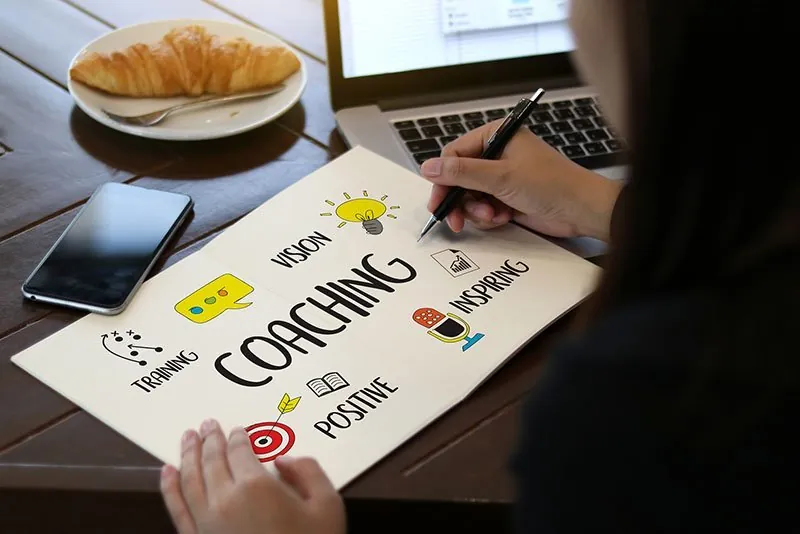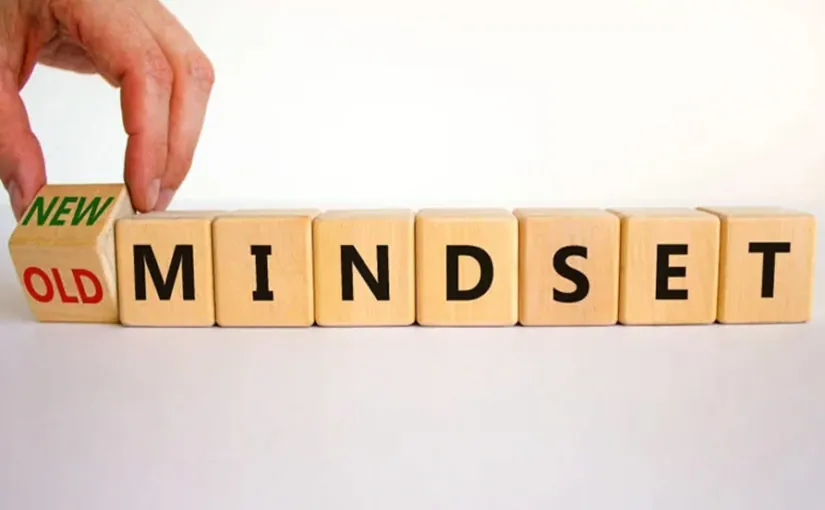Having realised that a coaching and mentoring culture is vital for success in your business, you are probably now wondering how best to build one.
And if you do manage to achieve this, you’ll need to take steps to ensure that your newly created learning culture doesn’t become a short-lived fad.
So, how should you go about creating a long- lasting coaching legacy in your organisation?
Here’s 7 steps to help make coaching a permanent fixture in your organisation.
1. Get Senior Management Buy-in
Even if you get your initiative off-the-ground, without senior management buy-in it will never sustain momentum and will soon find itself in the long grass.
To get your bosses on board, link a positive coaching culture to tangible benefits like reduced stress and sickness, higher retention, increased bench-strength, higher levels of engagement etc…
2. Coach The Coach
Sure, with any office population, there will be ‘naturals’, people who simply have coaching built into their DNA and/or who have been nurturing this skill informally throughout their lives.
You can’t rely on a herd capability, as it’s a small cohort and they may not be prioritising coaching in their jobs.
That’s why you’ll need to galvanise existing coaching ‘naturals’, and help to acclimatise their skills, as well as develop a tranche of new coaches.
You’ll also need to make coaching an organisational priority.
Identify several enthusiastic coaching champions and evangelists, enough to create a critical mass and build momentum in your business rather than be overwhelmed by the challenge.
Invite them to train and get certification in a reputable coaching methodology.
The ILM and CIPD both offer coaching certification programmes.
This will help to send a message across the organisation about the value of coaching.
3. Build a lasting culture from the top down
Consider creating a coaching sub-set composed of senior leaders.
This will help to ensure that a lasting coaching model is be built from the top down.
You might not be able to prize away enough of their time to make a full coaching qualification possible, so focus on what’s possible.
Select a middleweight, flexible but actionable coaching certification, that can be fitted in around a busy boardroom schedule.
4. Action Learning Sets
Abandoning your trained coaches back into the organisation without support could be fatal to your initiative, as they’ll face obstacles such as push-back, disinterest, scepticism that could dent their confidence and derail the initiative before it gets started.
To ensure that your coaches, (and your coaching programme), has resilience you’ll want to set up an action learning set with your coaches, post-training.
This will give your coaches a safe forum to regularly reflect on challenges, explore problems and share vulnerabilities.
This will give them the support they’ll need to bring about the required change.
5. Embedding Learning and Creating the Coaching Legacy
It’s one thing to kick-off your coaching programme but another thing to embed that learning and create a coaching legacy that will stand the test of time, management succession and competing pressures.
They don’t come hand in hand.
By now you should have a core group of fully trained coaches, and to kick-off your programme you’ll want to match each ‘coach’ with up to four high potential staff.
Any more would be overload, and they do have day jobs to do after all!
6. The Coaching Process
It’s been refreshingly bureaucracy free up until now, but you’ll need two important pieces of paperwork to make this stick.
1) In-house coaching agreement. The coach to coachee relationship is a delicate one that needs clear professional and personal boundaries.
This agreement should include items like completion date, frequency and timing of meetings, confidentiality and termination.
2) Coaching/Development Action plan. To build a long lasting legacy around coaching it will need to be goal-orientated.
So, a coaching relationship should be underpinned by a development plan, containing goals, desired outcomes and action taken to meet those goals.
Once you have this agreement, your coaches can begin setting up their 1:2:1 coaching and leadership development programmes.
7. Show that it makes a difference
To cement your legacy, you will really need to show that coaching works?
There are many positive indicators that can be linked to your coaching programme:
- Increase in management bench-strength
- Increase in the rate of internal promotions
- Reduced external recruiting costs, (particularly in the management levels)
- Reduced sickness (particularly amongst the management population)
By going through these 6 steps you will be able to create a healthy and last coaching culture that increases your management bench-strength and capability now and into the future.
As an eLearning company, Skillshub is committed to creating efficient and impactful learning experiences. Contact us to find out more.
If you’re looking for coaching elearning content then we can help you. We have literally hundreds of short, sharp online learning sessions that can help with our without our eLearning platform.
And check out Practices latest 2023 State of Coaching Report. They surveyed 166 coaches from 26 countries to provide insight into the parts of coaching that nobody talks about but are equally as important when looking to create a coaching culture.


 Having realised that a coaching and mentoring culture is vital for success in your business, you are probably now wondering how best to build one.
Having realised that a coaching and mentoring culture is vital for success in your business, you are probably now wondering how best to build one.










